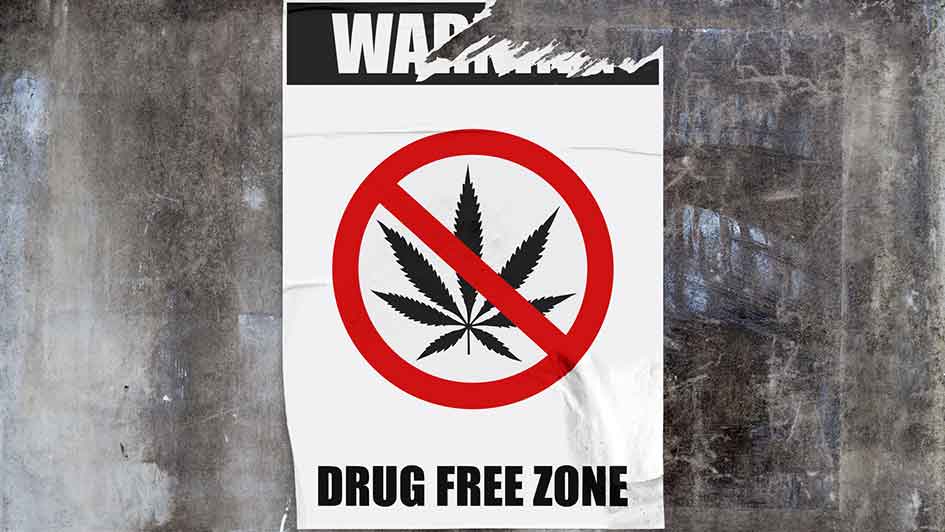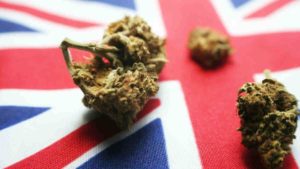No marijuana is ok for pregnant women, not even for morning sickness

Another study is pointing to a link between low birth weights and cannabis use during pregnancy, removing another pharmaceutical void for medical marijuana to step into.
The peer-reviewed study out of the University of Adelaide’s Robinson Research Institute found women who were still using marijuana at 15 weeks of pregnancy had babies with significantly lower birth weights, head circumference, birth length, and gestational age at birth.
Marijuana use was also associated with more frequent severe neonatal morbidity, or health problems, and death.
Marijuana is becoming more widely accepted as a drug and as a recreational substance.
In Australia, efforts to educate society about the benefits of marijuana as a therapeutic are gaining traction following a Senate committee investigation earlier this year into why few people are able to access it, and as the drugs regulator considers making cannabidiol-only products available behind counters in pharmacies.
Study leader Dr Luke Grzeskowia says the study is important given the increasing perception in the community that cannabis is a safe drug.
“How cannabis might impair neonatal outcomes is unclear, but we know that components of cannabis can cross the placenta and this raises a number of concerns about effects on child health and development,” he said.
The problem of morning sickness
In countries where marijuana is legal to use recreationally, or where medicinal use is less regulated than in Australia, the plant has been marketed as a morning sickness cure.
There are very few treatments that work for morning sickness and only very severe nausea warrants medication, in the eyes of the medical fraternity.
One study in 2018 found 69 per cent of cannabis dispensaries surveyed recommended it as an anti-nausea treatment to pregnant women.
A separate study found women who suffered from vomiting and severe nausea in the first trimester were four times more likely to use marijuana.
Does it work for nausea? Who knows
There have been minimal studies on whether cannabis is effective as a nausea cure late, although the high continued use by pregnant women suggests anecdotally that it is.
Two synthetic drugs, nabilone and dronabinol, have been approved in the US for cancer-related nausea with the latter approved for that use in Australia as well.
Medlab Clinical (ASX:MDC) is one of the few ASX companies running clinical trials to mention nausea, albeit cancer-related, on its to-do list. No companies in Australia are running trials.
There are two current clinical trials registered on US government site Clinicaltrials.com testing cannabis against cancer-related symptoms including nausea, one of which is looking at dronabinol. There are four studies in Australia looking at the same issue.
There are currently no standalone nausea trials registered with major regional databases.
At the moment the possibilities for medical cannabis are open-ended because it’s been clinically tested against just a handful of health problems, such as insomnia and cancer pain in Australia.
A raft of lab and animal studies suggest it could be useful against many more indications, although these are yet to be put to a clinical test.
No use is good use
While studies from the 1980s and onwards have proved that THC can cross into the placenta, most were ham-strung by tobacco.
Because most people have used marijuana by smoking it, many studies haven’t separated the known effects of tobacco, which also causes low birth weights and other issues, and the effects of cannabis.
But the rise of legal medical and recreational cannabis has popularised other ways of consumption for users.
The University of Adelaide study broke marijuana use away from other drugs proven to cause problems during pregnancy, and its findings show the use of all forms of marijuana could harm a foetus.
This study, published in the Medical Journal of Australia collected data from about 5,000 pregnant women of which 314 reported using cannabis in the three months before pregnancy or during their pregnancy.
Related Topics
UNLOCK INSIGHTS
Discover the untold stories of emerging ASX stocks.
Daily news and expert analysis, it's free to subscribe.
By proceeding, you confirm you understand that we handle personal information in accordance with our Privacy Policy.








